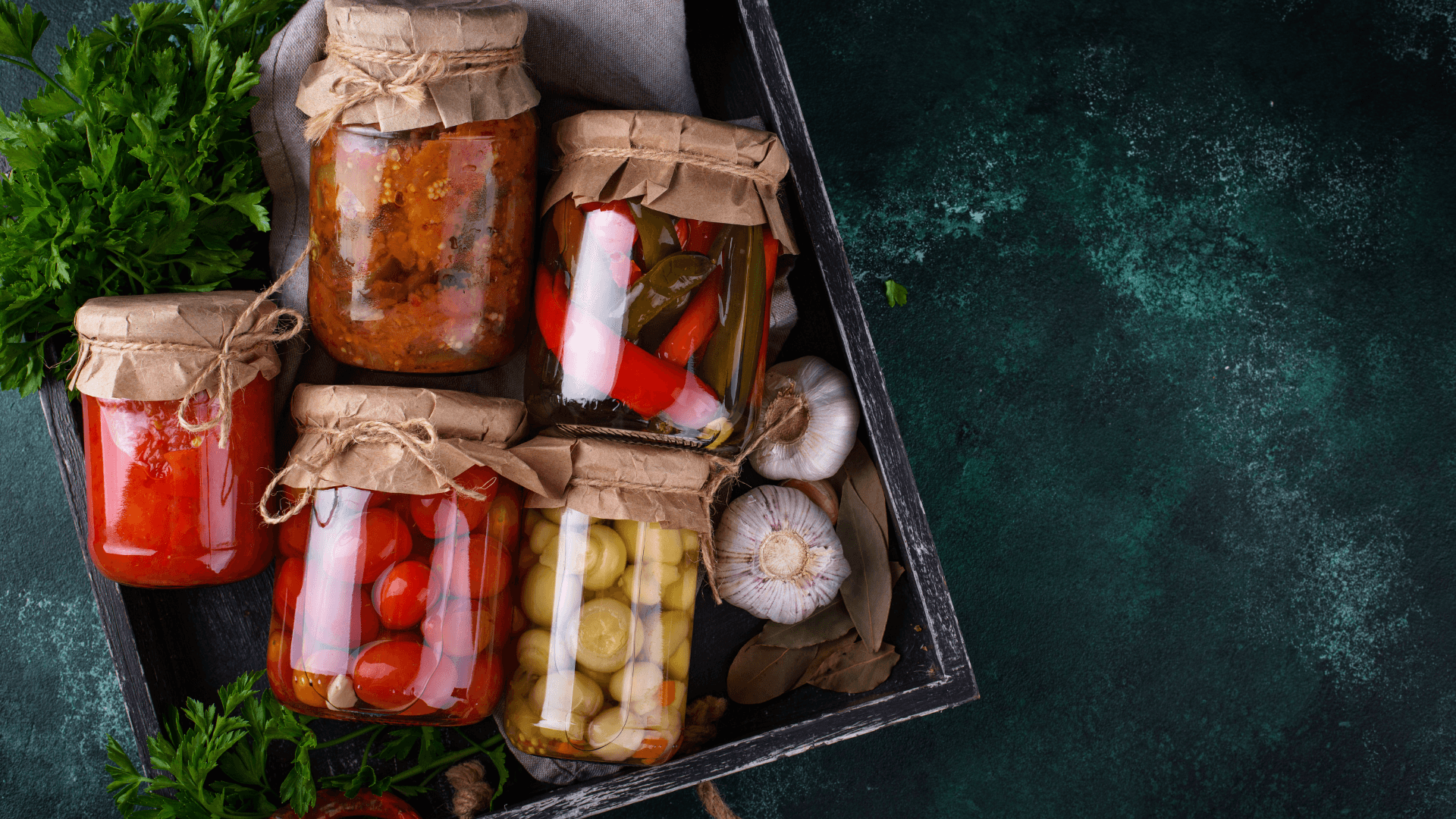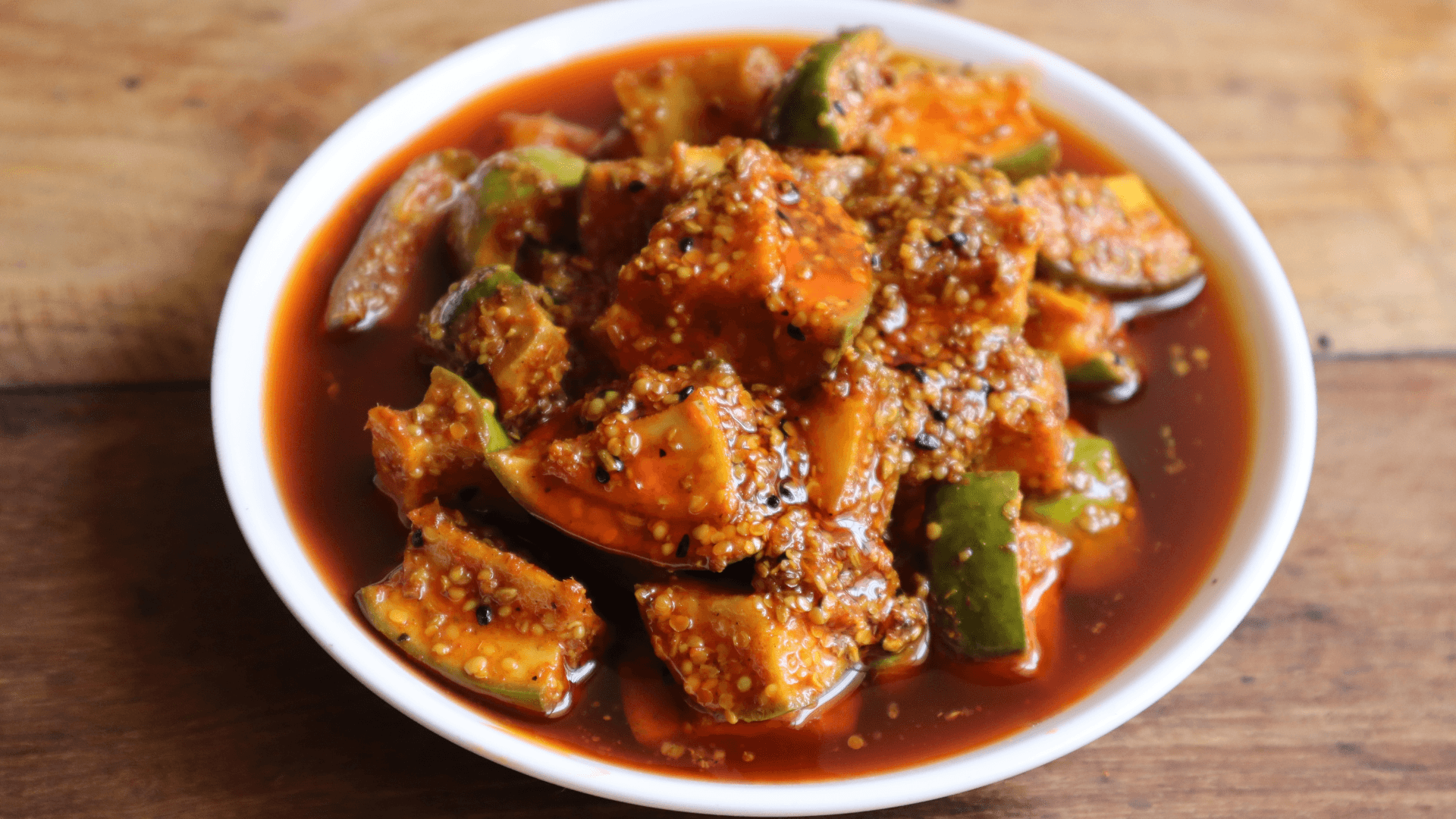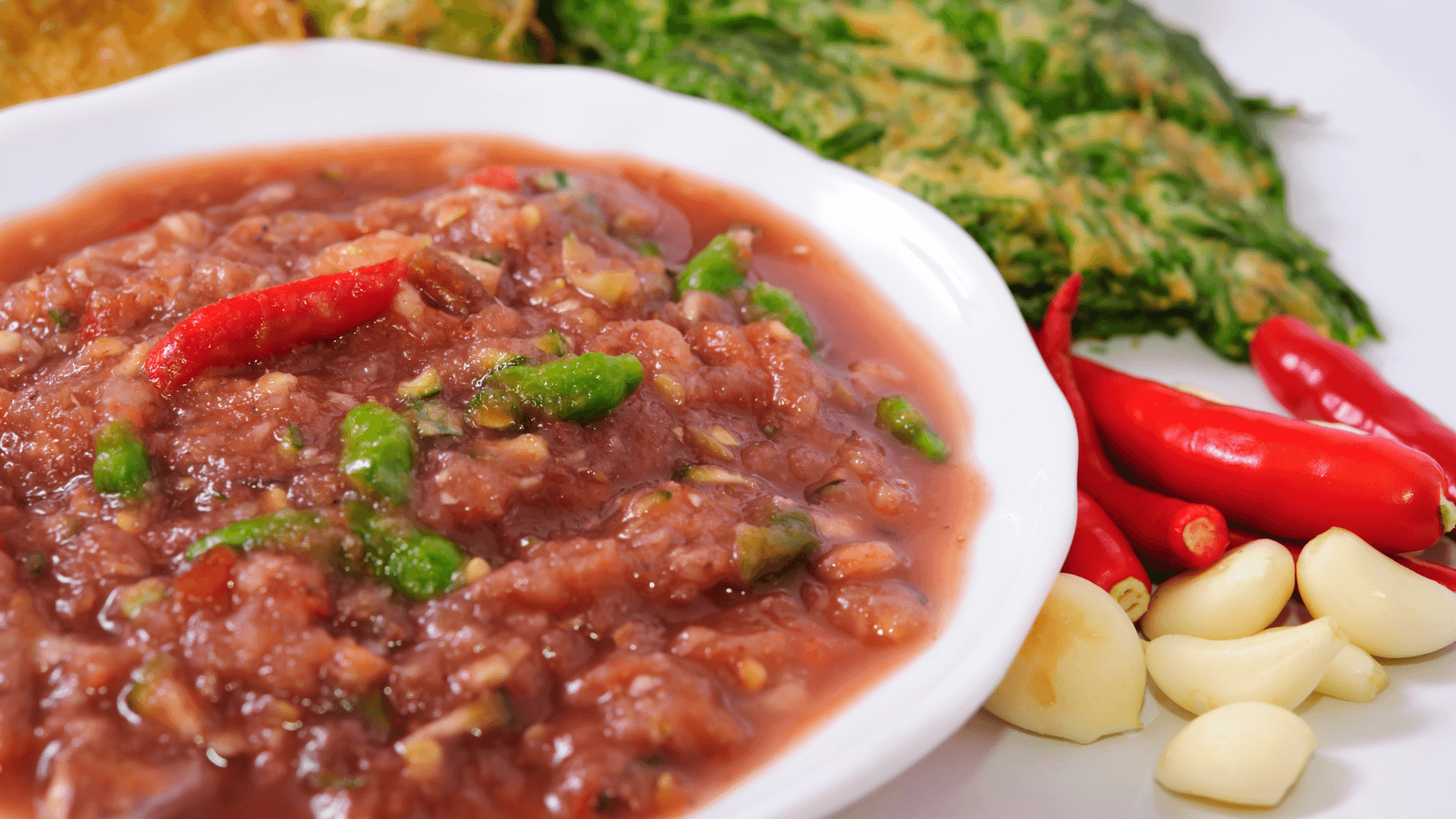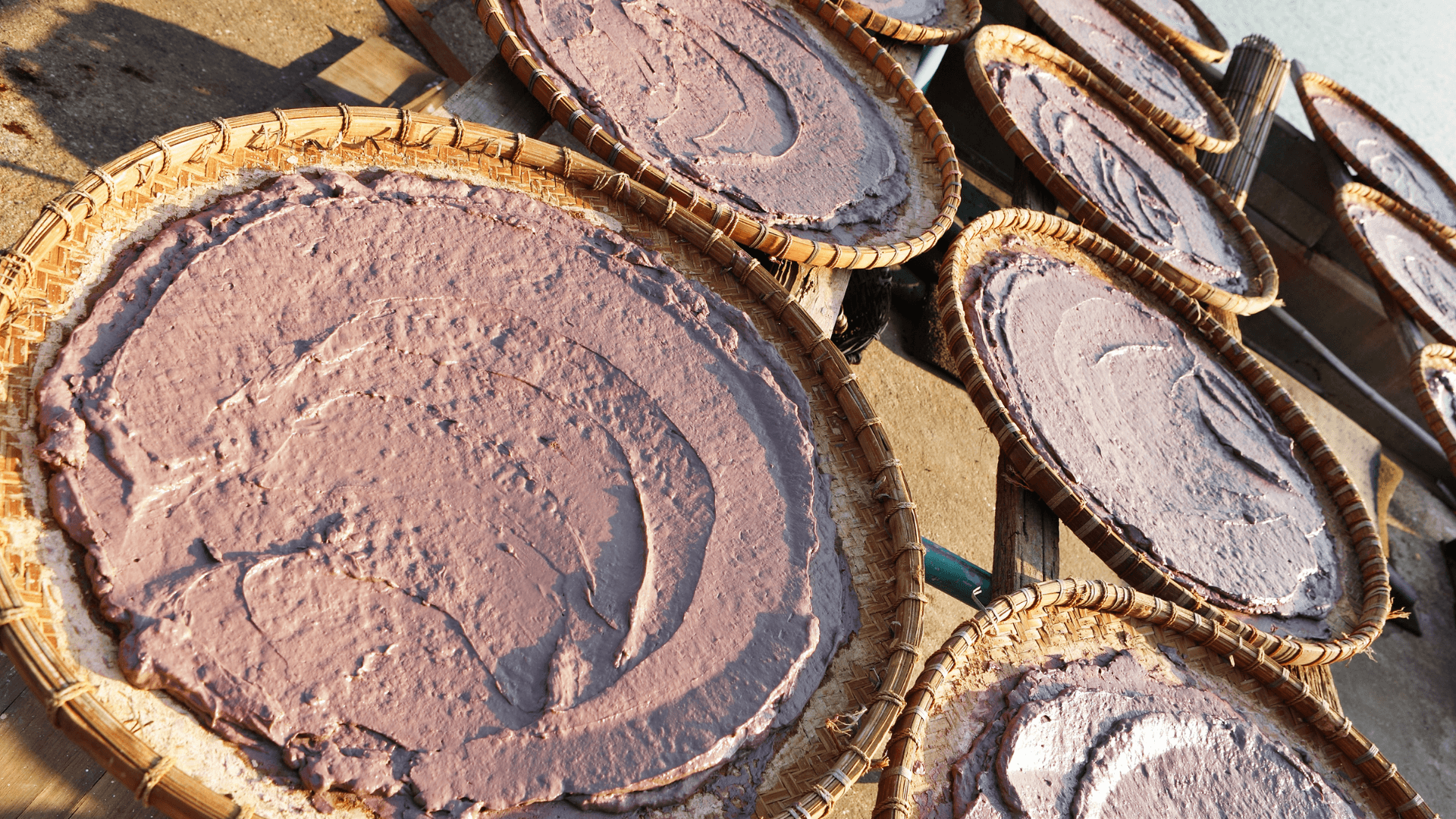The Art of Fermentation: A Look at Vietnam’s Iconic Fish Sauce and Fermented Dishes
Vietnamese cuisine has long embraced fermentation, shaping its distinctive flavors and aromas. More than just a preservation technique, fermentation enhances taste and nutrition, making it an essential part of Vietnam’s culinary identity. From fish sauce to pickled vegetables and fermented tofu, these foods showcase the nation's rich gastronomic heritage.
Fermented ingredients hold a crucial place in traditional Vietnamese dishes, reflecting deep-rooted cultural traditions passed down through generations. Families often guard their fermentation methods as treasured secrets, demonstrating their significance in Vietnam’s culinary world. From the pungent fish sauce to the tangy crunch of pickled vegetables, fermentation remains a cornerstone of Vietnamese cuisine.
The umami-rich flavors developed through fermentation add depth and complexity to Vietnamese dishes. Fermented ingredients blend harmoniously, producing a balanced yet exciting taste profile. The sharp tang of pickled vegetables and the savory intensity of fish sauce create an unforgettable gastronomic experience.

Famous Fermented Ingredients
Fish sauce, the backbone of Vietnamese cuisine, is crafted by fermenting salted fish for months. The result is a deeply savory condiment that enhances stir-fries, soups, and dipping sauces. Another beloved fermented dish is mustard greens pickled in brine, offering a crunchy, tangy side dish that complements many meals.

A Testament to Vietnam’s Culinary Heritage
The art of fermentation reflects Vietnam’s dedication to preserving traditional cooking techniques. Fish sauce, aged in large wooden barrels, develops a rich texture and aroma over time. This meticulous fermentation process transforms simple ingredients into flavorful staples. The natural umami of fish deepens with age, giving Vietnamese cuisine its signature depth.
Traditional fermentation not only enhances taste but also introduces unique aromas, adding layers of complexity to Vietnamese dishes. Vietnam’s commitment to preserving these methods showcases the cultural significance of fermentation.
Vietnamese cuisine also embraces spicy fermented condiments. Chili peppers are widely used to create fiery pickles, sauces, and pastes. The fusion of tangy fermentation with bold heat results in dynamic flavors cherished by both locals and international food lovers alike.
The Bold Fusion of Heat and Fermentation
A well-known spicy fermented condiment in Vietnam is chili paste, made from ground chili peppers fermented with salt and seasonings. This potent paste adds intense heat to soups, stir-fries, and dipping sauces. Even kimchi, a Korean-inspired fermented vegetable dish, has found its way into Vietnamese cuisine, highlighting Vietnam’s openness to exploring new flavors. The interplay of heat and fermentation creates a deeply flavorful and addictive culinary experience.
Fermented Foods as a Culinary Foundation
Fermentation is essential to Vietnamese cooking, shaping the flavors of numerous traditional dishes. From fish sauce to pickled vegetables and fermented tofu, these ingredients add depth, complexity, and authenticity. Beyond taste, fermentation serves as a vital preservation method, ensuring a consistent supply of ingredients in a country where fresh produce is seasonal.

The Science Behind Fermentation
Perfecting a fermented dish requires a careful balance of salt, time, and temperature. This precise equilibrium results in rich flavors and textures. For instance, pickling vegetables like carrots, daikon, and cabbage in brine creates a crisp and tangy side dish. Another example is "mam tom," a robust fermented shrimp paste that adds a distinctive depth to many Vietnamese recipes.
Enhancing and Preserving Ingredients
Fermentation not only preserves ingredients but also amplifies their flavors and textures. Vietnamese cuisine thrives on the transformative power of fermentation, delivering bold, authentic flavors that withstand the test of time.
Beyond taste, fermented foods offer numerous health benefits. Rich in probiotics, they promote gut health and aid digestion. Fermentation also increases nutrient bioavailability, making vitamins and minerals easier for the body to absorb. Additionally, naturally fermented foods contain fewer additives and preservatives, making them a healthier dietary choice. Those with dietary restrictions, such as lactose intolerance, often find fermented dairy products like yogurt or kefir easier to digest.

A Culinary Legacy
Fermentation is a defining feature of Vietnamese cuisine, shaping its flavors, aromas, and culinary traditions. From fish sauce to pickled vegetables and fiery condiments, fermented foods remain at the heart of Vietnam’s gastronomic heritage. This time-honored craft not only enhances food but also reflects Vietnam’s deep cultural legacy and commitment to preserving traditional techniques.
